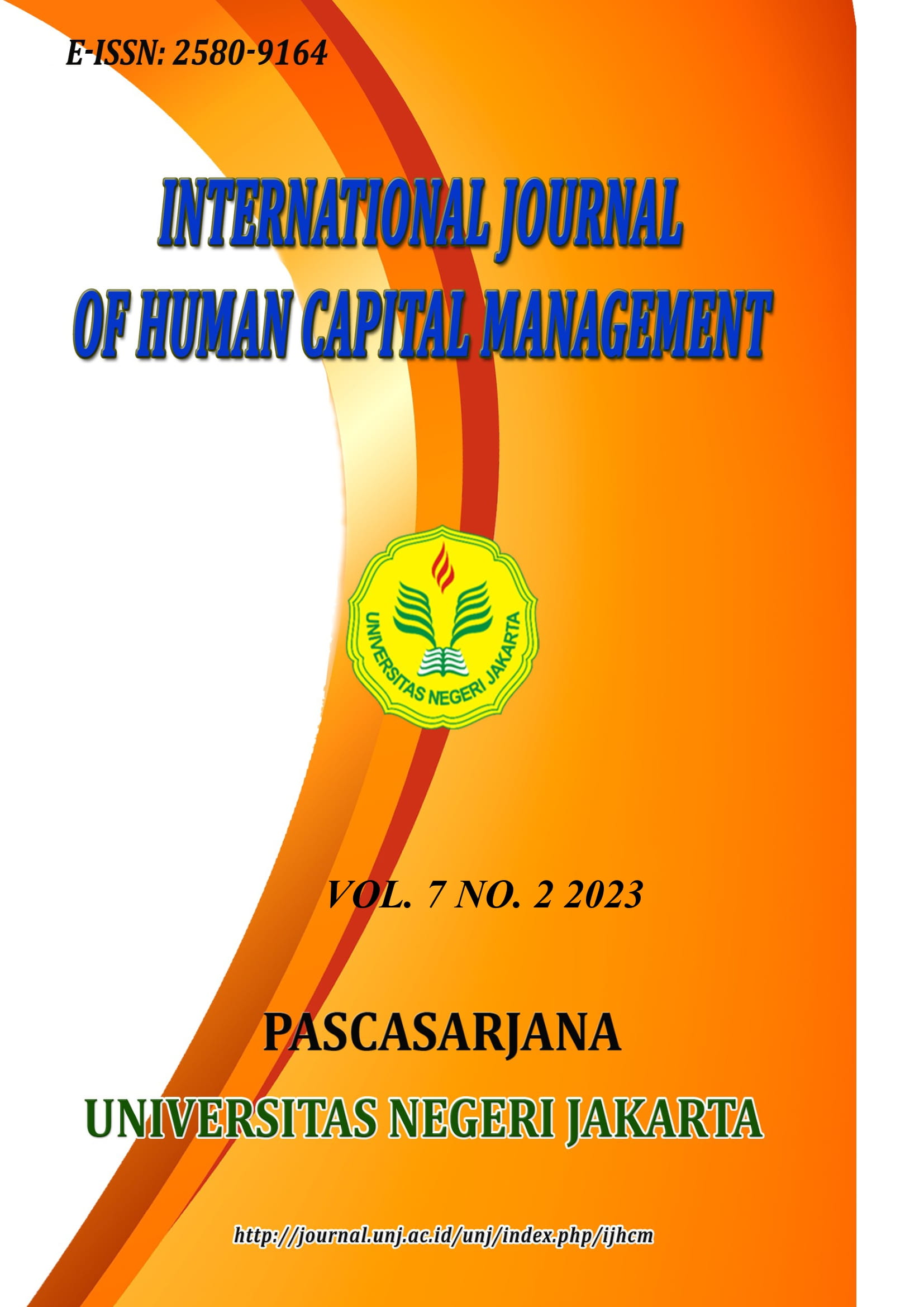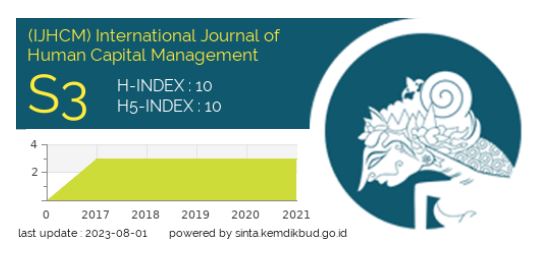Purchasing Behavior of Fashion Products in E-Commerce, Trust and Commitment as Moderators
DOI:
https://doi.org/10.21009/IJHCM.07.02.1Keywords:
online shopping behavior, purchase intention, fashion innovativeness, attitude, subjective norms, perceived behavioral controlAbstract
E-commerce is emerging and creating new opportunities for most businesses by leveraging marketplaces such as Shopee, Tokopedia, and Lazada. Fashion products are still the prima donna in e-commerce; consumers will tend to prefer to shop for fashion in e-commerce, which causes interest in buying fashion products to continue to increase coupled with the existence of model and design innovations. This study aimed to analyze the effect of fashion innovation, attitude, subjective norms, and perceived behavioral control on purchase intention and the moderating influence of trust and commitment between the relationship between purchase intention and online shopping behavior. The research method used is descriptive causality with a quantitative method approach. The research sample is Generation Y in DKI Jakarta, with a total of 190 respondents. Data collection used online surveys and processed and analyzed using SEM-PLS 4. The findings of this study indicate that purchase intention increases, which is affected by fashion innovation, attitude, subjective norms, and perceived behavioral control, then purchase intention can also mediate to improve online shopping behavior. Furthermore, moderation of commitment weakens the relationship between purchase intention and online shopping behavior, while trust is not proven to be moderating. Thus, the Theory of Planned Behavior concept is proven to shape purchase intention and online shopping behavior in fashion in e-commerce.




